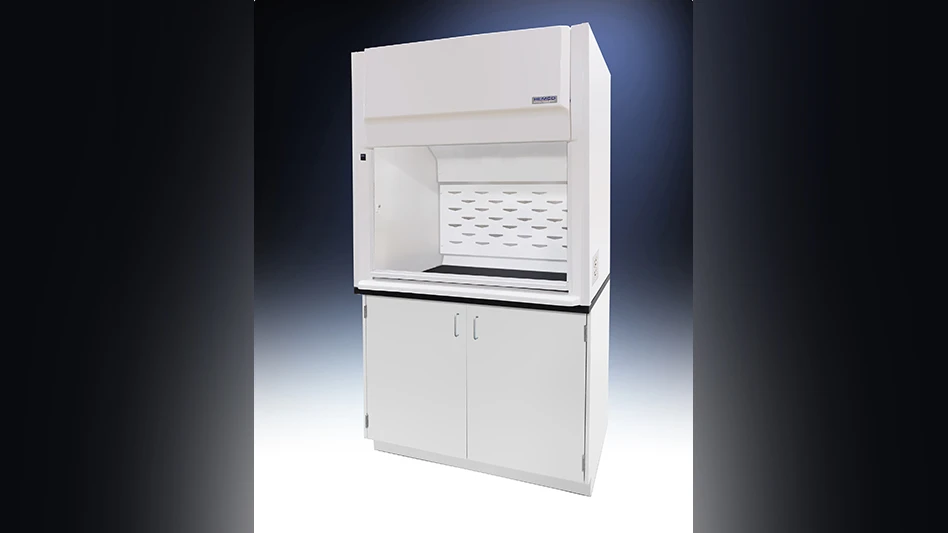
MD Aerospace, a consortium group of aerospace and defense companies based in Jordan and owned by CEO Muayad S. Dawood Al-Samaraee, has announced that MD Aerospace has achieved a breakthrough invention to create the world's first submersible VTOL aircraft known as Vertical Take-Off and Landing (VTOL) Multi Rotor Submersible/Airplane. This aircraft uses an innovative movement control principle called aerodynamic - thrust marginal accurate control (AEROTMAC).
This revolutionary invention is the first in its field. It features an aircraft module with multi-rotors in the form of shrouded-propellers that has the ability to fly and submerse. The vehicle will have the capability to be used manned or unmanned, with or without cargo, and will be able to take off from and land on both ground and water similar to conventional helicopters. The vehicle also has the ability to fly over water and submerse under water, moving and maneuvering until it reaches the shore. The invention solves many problems inherent in the different design criteria for flying and submersing vehicles.
"The invention will have the capability to revolutionize intelligence, surveillance and reconnaissance in the next decade for coast guard patrols to secure borders against new or upgraded threats in criminal activities such as trafficking, drug smuggling, illegal immigration, and environmental control, ultimately helping to save lives," Al-Samaraee says.
Future vehicles will be able to take off and land vertically from land or a warship, fly through the air, skim across water, submerge, travel underwater and maneuver to a coastline where they can loiter off the coast or move onto the coastline. The vehicles will be able to leave the coastline and return to their home destination or a new one in the same way they arrived.
The designer's approach has been recognized as very different from other designer's attempts. The difficulty with developing such an aircraft comes from the diametrically opposed requirements that exist for an airplane and a submarine. While the goal of an aircraft is to minimize weight, a submarine must be extremely heavy to submerge under water. In addition, the flow conditions of the system designed to control a submarine and an airplane are very different due to the order of magnitude difference in the densities of air and water (known as medium).
Al-Samaraee states, "The fundamental issue is not how to make the aircraft take off, the problem is having it move in different directions while the engine is still covered so it can submerge." For an aircraft to go in any direction, the basic approach is to change the speed of one of the propellers. VTOL aircrafts use a medium, usually water or air, to move the propellers that make Multi-Rotors Submersible Aircraft fly.
Al-Samaraee successfully designed the submersible VTOL aircraft as a result of a new scientific approach he invented for motion that controls the speed of the medium, usually water or air, going through rotatable shrouded-propeller units with a surrounding directive duct guiding the medium passing through. What makes this design unique is that all of the directive duct propeller units have equal rotating speeds. Al-Samaraee achieved this new scientific approach by generating variance in the pushing speed between these units without changing their rotation speed or blade angles.
This new design can generate individual variation in the speed of the medium passing through the units by changing the physical characteristics of the medium.
“This design changes the speed because of the variation in temperature, pressure, or density of the medium going through the units,'' according to Al-Samaraee. The result is the ability to create highly accurate control over the movement of the Submersible VTOL aircraft, sending it in any angle or direction. Also, the designer took the approach in his invention of rotating the directive duct propeller units through gear boxes (transmission) powered by one or more engine(s) installed inside the vehicle and isolated from the outside environment, which is the same principle used in submarines (engine installation).
The MD-AEROTMAC invention principal can be defined as the possibility to increase or decrease the current speed of a fluid medium (air and/or water) inside a tube body as a result of physical manmade effect on fluid specifications within maximum and minimum limits in controlling the fluid speed. This control variation is proportional to the physical characteristics of the fluid – thermal, pressure, or density – put into the tube, according to the patent.
Al-Samaraee is an internationally recognized strategic designer in the fields of aerospace, defense, and intelligent systems. While not yet in production, his breakthrough design and MD-AEROTMAC principal is expected to invigorate the aerospace industry in the race to create next-generation products.
Latest from Aerospace Manufacturing and Design
- OMIC R&D hosts Supporting Women in Manufacturing Day 2024
- 4D Technology's AccuFiz SWIR interferometer
- Seventh Lockheed Martin-built GPS III satellite launches
- KYOCERA AVX's CR Series high-power chip resistor
- UT researchers receive Air Force grant for wind tunnel
- Monticont's linear voice coil servo motor
- FAA certifies Pratt & Whitney GTF engine to power the Airbus A321XLR
- Wevo's silicone gap filler





